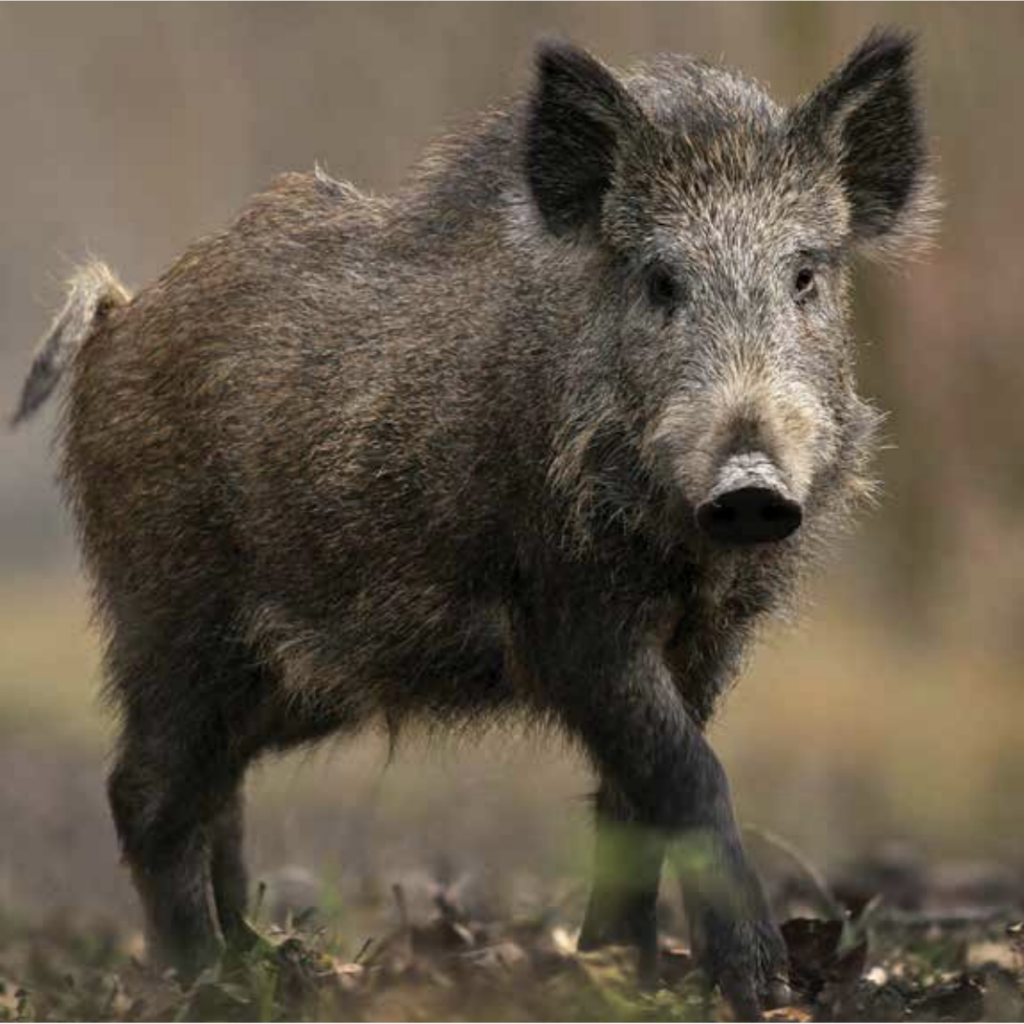Texas Wildlife Services
- Type
- Program

Overview
Contact
P.O. Box 690170
San Antonio, Texas 78269
Mon-Fri 8:00 a.m. – 5:00 p.m.
Wildlife is important to the economy and to the aesthetics and health of our environment; yet, some wildlife do at times cause problems that must be dealt with in a professional manner. Animal damage to Texas resources, such as agriculture, natural resources, property, and human health and safety, cause millions of dollars in losses each year. Since wildlife is a public resource that belongs to all citizens, government has a responsibility to respond to the problems wildlife cause while at the same time protecting the resource being damaged.
Resolving conflicts between wildlife and human interests requires wildlife damage management expertise. Wildlife damage management is an integral component of professional wildlife management. The complex wildlife damage management environment includes a combination of biological, legal, socio-political, financial and technical considerations.
The goal of Wildlife Services is to protect the State’s agricultural, industrial, and natural resources and the public’s health, safety and property from damage caused by wildlife. Texas Wildlife Services accomplishes this through a cooperation with federal, state, and private entities, servicing both rural and urban areas, utilizing technical assistance and direct control services in this specialized field of wildlife management.
More choices in Animals & Livestock
- Course
This course is designed for independent student learning and administered by VSCP Program Staff. Students enroll and complete 100 lesson modules at their own pace.
- Course
This course is the first of four sections of the full Veterinary Science: Independent Study Curriculum. It contains the first 6 chapters.
- Publication
This manual aids in teaching beginners and experienced individuals how to properly evaluate live birds, ready-to-cook poultry, shell eggs, and processed poultry. It also includes information related to poultry production, management, and science and cooperating with others in solving poultry industry problems.
- Course
This course is for beginners that want to learn more about raising sheep and goats. Texas A&M AgriLife Extension specialists use videos to guide you through the first steps to get your production going.
- Course
Master oral reason for horse judging competitions with our expert-led video course from the 2023 national champion Texas A&M Horse Judging Team. Our course offers step-by-step instruction, expert tips, and real example sets—perfect for youth and collegiate contestants and their coaches. Enroll today!
- Course
This course is designed for teachers to assist student learning for the Veterinary Science Certificate Program. This learning management system includes all 100 lessons found in Veterinary Science: Preparatory Training for the Veterinary Assistant.
